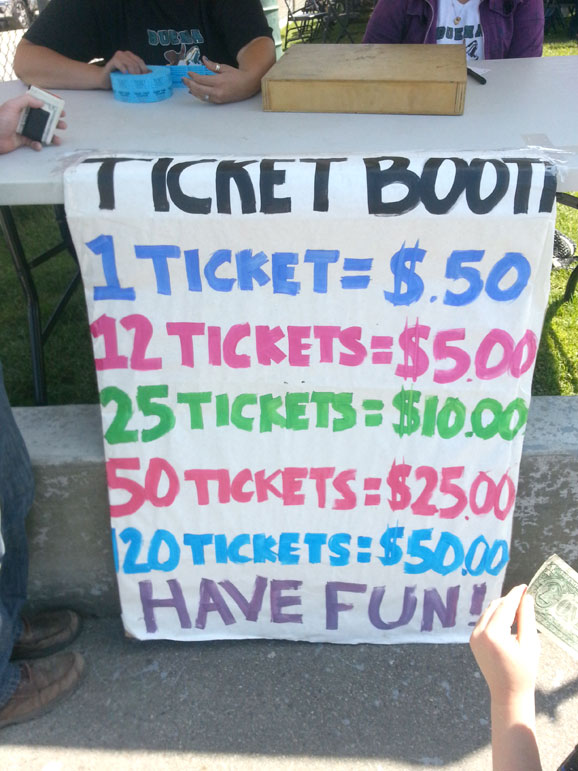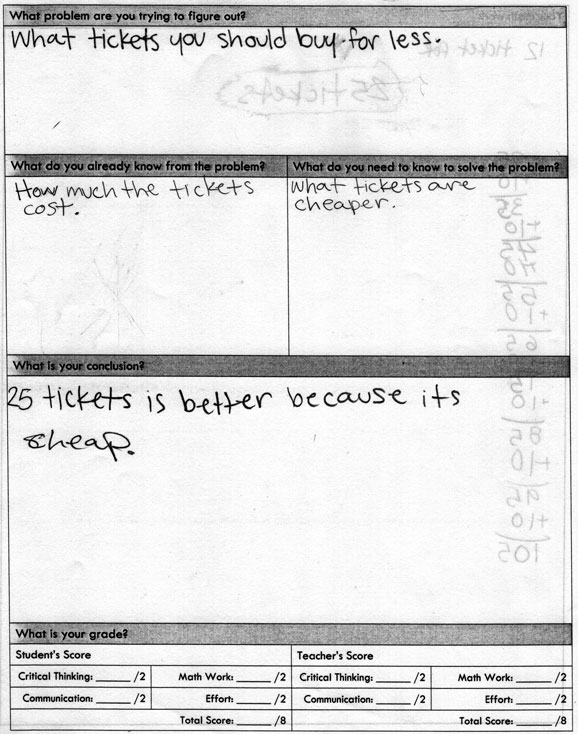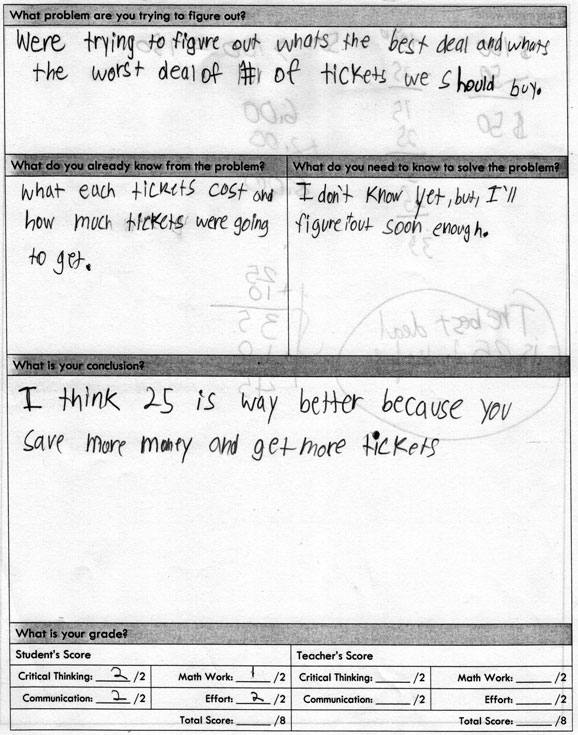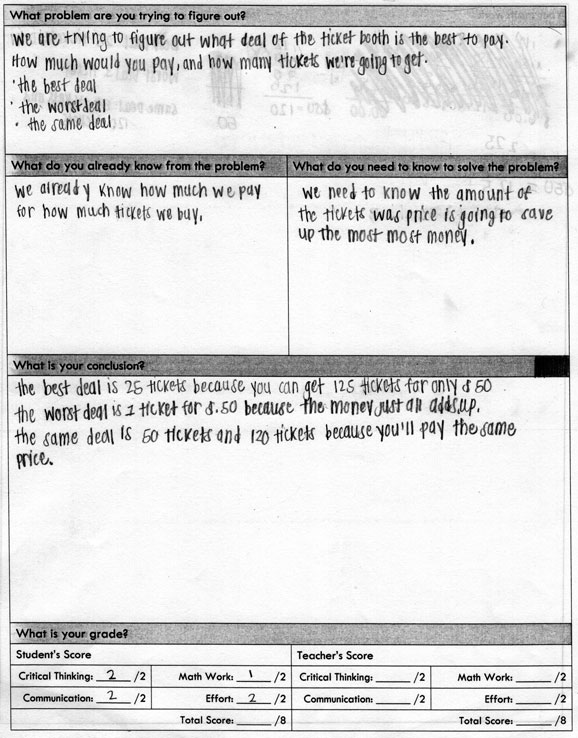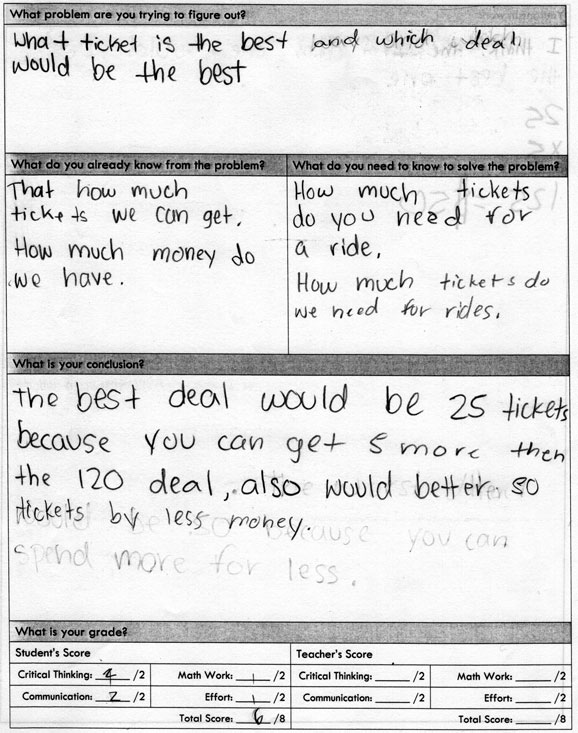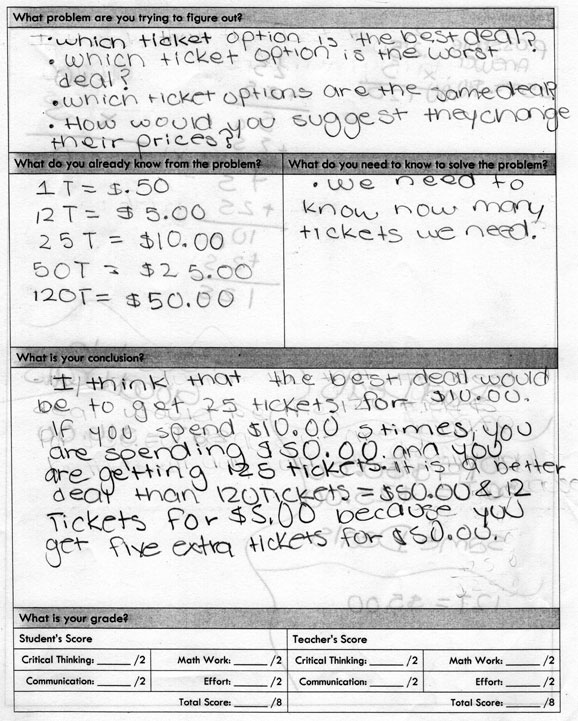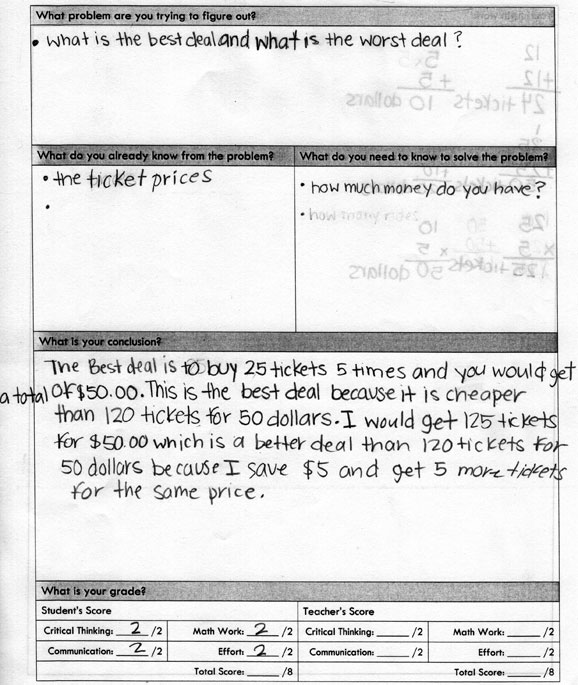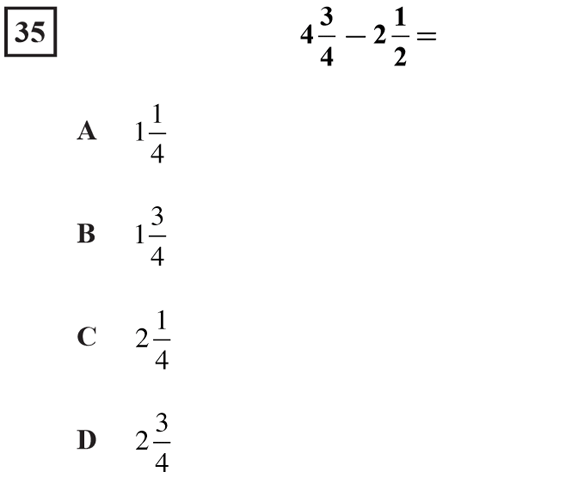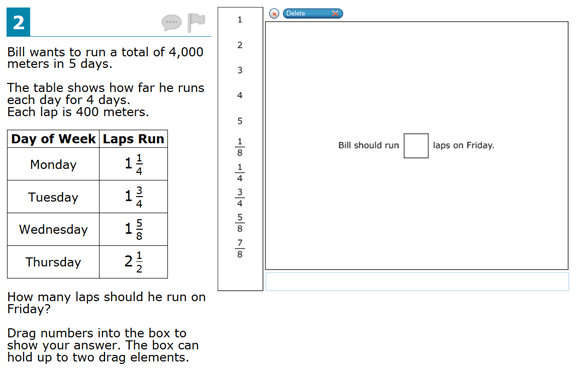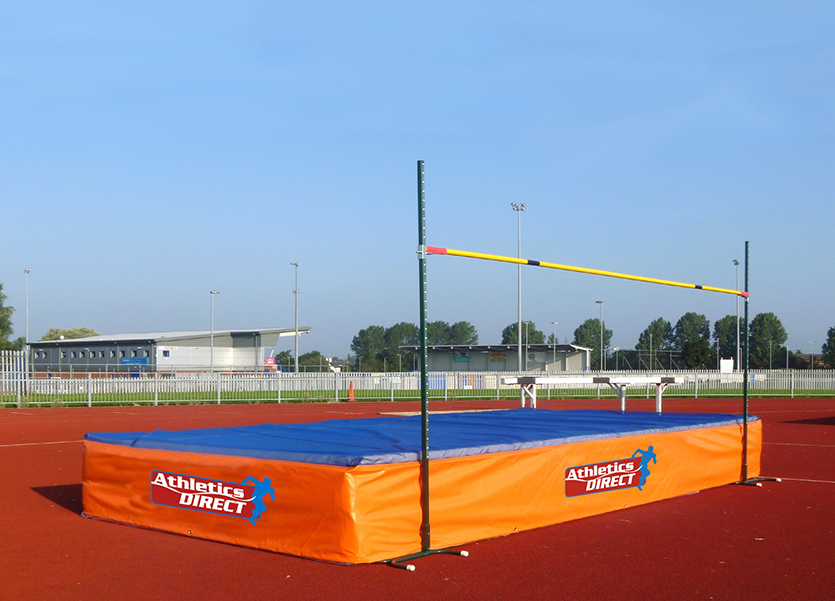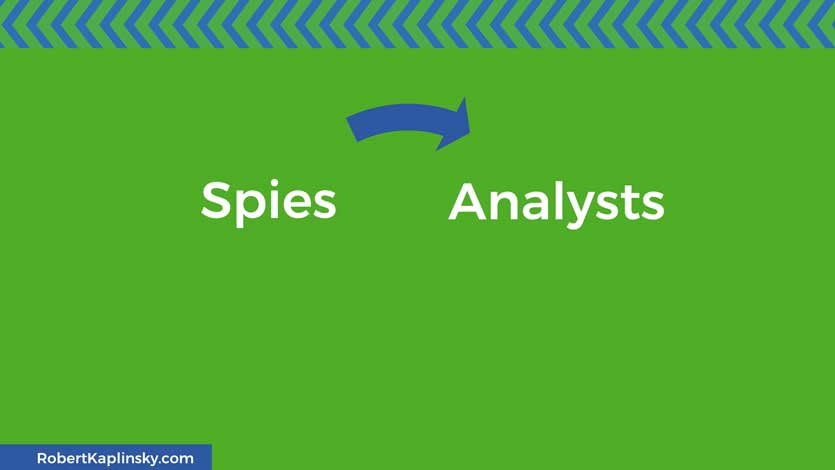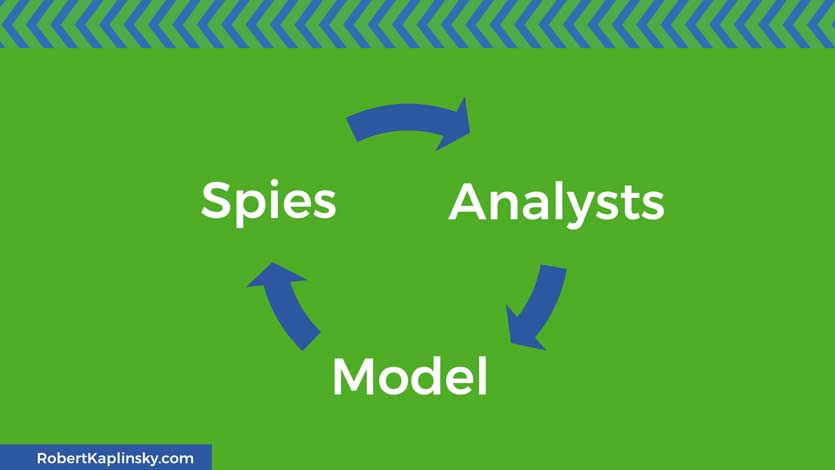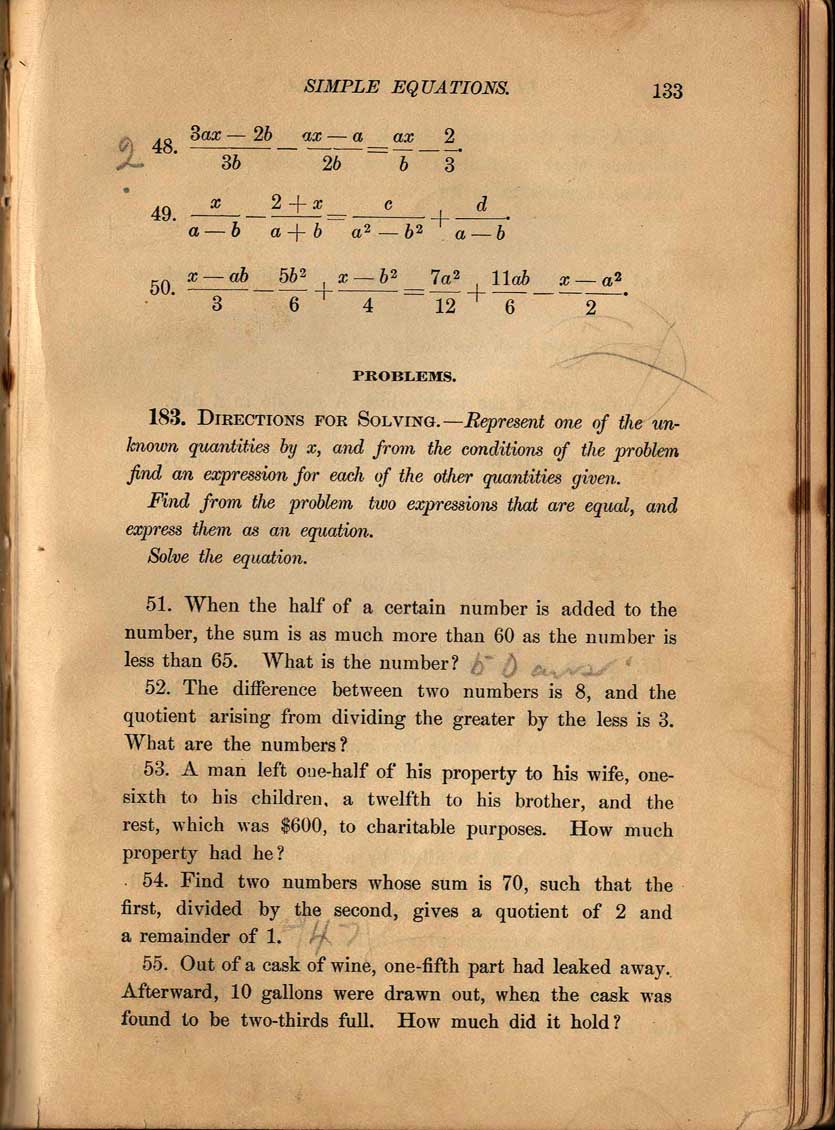The Common Core State Standards (CCSS) emphasizes mathematical modeling, or “link[ing] classroom mathematics and statistics to everyday life, work, and decision-making” for all grade levels with Math Practice 4. Some content standards are easier than others to connect to everyday life, and often the more abstract the standard is, the more challenging it is to make these connections.
The High School Modeling standards are integrated into the content standards as opposed to listed separately in their own cluster. Most a star symbol next to each standard to designate that this content standard is more easily modeled. Specifically they mention:
Modeling is best interpreted not as a collection of isolated topics but rather in relation to other standards. Making mathematical models is a Standard for Mathematical Practice, and specific modeling standards appear throughout the high school standards indicated by a star symbol (★).
Additionally, if all the standards in a domain (such as High School: Number and Quantity: Quantities) are modeling standards, then only the domain will have an asterisk (not a star) by the name. The individual standards will not have a star. Furthermore, in the case of High School: Statistics & Probability, every single standard in the domain is a modeling standard and there are no stars anywhere.
It should also be emphasized that these are not the only standards that can be mathematically modeled in high school. They are just the standards the CCSS authors specifically want integrated with their role in everyday life.
I have gone through all of the High School content standards and compiled a complete list of all modeling standards including the ones that only apply to California. This is a great place to start if you are a High School teacher who is looking to connect math to the real world but don’t know where to begin. You can download a PDF version of this list by clicking on the blue “Download PDF version” button below.
Number and Quantity
- N-Q.1 – Use units as a way to understand problems and to guide the solution of multi-step problems; choose and interpret units consistently in formulas; choose and interpret the scale and the origin in graphs and data displays.
- N-Q.2 – Define appropriate quantities for the purpose of descriptive modeling.
- N-Q.3 – Choose a level of accuracy appropriate to limitations on measurement when reporting quantities.
Algebra
- A-SSE.1 – Interpret expressions that represent a quantity in terms of its context.
- A-SSE.1a – Interpret parts of an expression, such as terms, factors, and coefficients.
- A-SSE.1 b – Interpret complicated expressions by viewing one or more of their parts as a single entity. For example, interpret P(1+r)n as the product of P and a factor not depending on P.
- A-SSE.3 Choose and produce an equivalent form of an expression to reveal and explain properties of the quantity represented by the expression.
- A-SSE.3a – Factor a quadratic expression to reveal the zeros of the function it defines.
- A-SSE.3b – Complete the square in a quadratic expression to reveal the maximum or minimum value of the function it defines.
- A-SSE.3c – Use the properties of exponents to transform expressions for exponential functions. For example the expression 1.15t can be rewritten as (1.151/12)12t ≈ 1.01212t to reveal the approximate equivalent monthly interest rate if the annual rate is 15%.
- A-SSE.4 – Derive the formula for the sum of a finite geometric series (when the common ratio is not 1), and use the formula to solve problems. For example, calculate mortgage payments.
- A-CED.1 – Create equations and inequalities in one variable and use them to solve problems. Include equations arising from linear and quadratic functions, and simple rational and exponential functions.
- A-CED.2 – Create equations in two or more variables to represent relationships between quantities; graph equations on coordinate axes with labels and scales.
- A-CED.3 – Represent constraints by equations or inequalities, and by systems of equations and/or inequalities, and interpret solutions as viable or nonviable options in a modeling context. For example, represent inequalities describing nutritional and cost constraints on combinations of different foods.
- A-CED.4 – Rearrange formulas to highlight a quantity of interest, using the same reasoning as in solving equations. For example, rearrange Ohm’s law V = IR to highlight resistance R.
- A-REI.11 – Explain why the x-coordinates of the points where the graphs of the equations y = f(x) and y = g(x) intersect are the solutions of the equation f(x) = g(x); find the solutions approximately, e.g., using technology to graph the functions, make tables of values, or find successive approximations. Include cases where f(x) and/or g(x) are linear, polynomial, rational, absolute value, exponential, and logarithmic functions.
Functions
- F-IF.4 – For a function that models a relationship between two quantities, interpret key features of graphs and tables in terms of the quantities, and sketch graphs showing key features given a verbal description of the relationship. Key features include: intercepts; intervals where the function is increasing, decreasing, positive, or negative; relative maximums and minimums; symmetries; end behavior; and periodicity.
- F-IF.5 – Relate the domain of a function to its graph and, where applicable, to the quantitative relationship it describes. For example, if the function h(n) gives the number of person-hours it takes to assemble n engines in a factory, then the positive integers would be an appropriate domain for the function.
- F-IF.6 – Calculate and interpret the average rate of change of a function (presented symbolically or as a table) over a specified interval. Estimate the rate of change from a graph.
- F-IF.7 – Graph functions expressed symbolically and show key features of the graph, by hand in simple cases and using technology for more complicated cases.
- F-IF.7a – Graph linear and quadratic functions and show intercepts, maxima, and minima.
- F-IF.7b – Graph square root, cube root, and piecewise-defined functions, including step functions and absolute value functions.
- F-IF.7c – Graph polynomial functions, identifying zeros when suitable factorizations are available, and showing end behavior.
- F-IF.7d – Graph rational functions, identifying zeros and asymptotes when suitable factorizations are available, and showing end behavior.
- F-IF.7e – Graph exponential and logarithmic functions, showing intercepts and end behavior, and trigonometric functions, showing period, midline, and amplitude.
- F-BF.1 – Write a function that describes a relationship between two quantities.
- F-BF.1a – Determine an explicit expression, a recursive process, or steps for calculation from a context.
- F-BF.1b – Combine standard function types using arithmetic operations. For example, build a function that models the temperature of a cooling body by adding a constant function to a decaying exponential, and relate these functions to the model.
- F-BF.1c – Compose functions. For example, if T(y) is the temperature in the atmosphere as a function of height, and h(t) is the height of a weather balloon as a function of time, then T(h(t)) is the temperature at the location of the weather balloon as a function of time.
- F-BF.2 – Write arithmetic and geometric sequences both recursively and with an explicit formula, use them to model situations, and translate between the two forms.
- F-LE.1 – Distinguish between situations that can be modeled with linear functions and with exponential functions.
- F-LE.1a – Prove that linear functions grow by equal differences over equal intervals, and that exponential functions grow by equal factors over equal intervals.
- F-LE.1b – Recognize situations in which one quantity changes at a constant rate per unit interval relative to another.
- F-LE.1c – Recognize situations in which a quantity grows or decays by a constant percent rate per unit interval relative to another.
- F-LE.2 – Construct linear and exponential functions, including arithmetic and geometric sequences, given a graph, a description of a relationship, or two input-output pairs (include reading these from a table).
- F-LE.3 – Observe using graphs and tables that a quantity increasing exponentially eventually exceeds a quantity increasing linearly, quadratically, or (more generally) as a polynomial function.
- F-LE.4 – For exponential models, express as a logarithm the solution to abct = d where a, c, and d are numbers and the base b is 2, 10, or e; evaluate the logarithm using technology.
- (California only) F-LE.4.1 – Prove simple laws of logarithms.
- (California only) F-LE.4.2 – Use the definition of logarithms to translate between logarithms in any base.
- (California only) F-LE.4.3 – Understand and use the properties of logarithms to simplify logarithmic numeric expressions and to identify their approximate values.
- F-LE.5 – Interpret the parameters in a linear or exponential function in terms of a context.
- (California only) F-LE.6 – Apply quadratic functions to physical problems, such as the motion of an object under the force of gravity.
- F-TF.5 – Choose trigonometric functions to model periodic phenomena with specified amplitude, frequency, and midline.
- F-TF.7 – Use inverse functions to solve trigonometric equations that arise in modeling contexts; evaluate the solutions using technology, and interpret them in terms of the context.
Geometry
- G-SRT.8 – Use trigonometric ratios and the Pythagorean Theorem to solve right triangles in applied problems.
- G-GPE.7 – Use coordinates to compute perimeters of polygons and areas of triangles and rectangles, e.g., using the distance formula.
- G-GMD.3 – Use volume formulas for cylinders, pyramids, cones, and spheres to solve problems.
- G-MG.1 – Use geometric shapes, their measures, and their properties to describe objects (e.g., modeling a tree trunk or a human torso as a cylinder).
- G-MG.2 – Apply concepts of density based on area and volume in modeling situations (e.g., persons per square mile, BTUs per cubic foot).
- G-MG.3 – Apply geometric methods to solve design problems (e.g., designing an object or structure to satisfy physical constraints or minimize cost; working with typographic grid systems based on ratios).
Statistics and Probability
- S-ID.1 – Represent data with plots on the real number line (dot plots, histograms, and box plots).
- S-ID.2 – Use statistics appropriate to the shape of the data distribution to compare center (median, mean) and spread (interquartile range, standard deviation) of two or more different data sets.
- S-ID.3 – Interpret differences in shape, center, and spread in the context of the data sets, accounting for possible effects of extreme data points (outliers).
- S-ID.4 – Use the mean and standard deviation of a data set to fit it to a normal distribution and to estimate population percentages. Recognize that there are data sets for which such a procedure is not appropriate. Use calculators, spreadsheets, and tables to estimate areas under the normal curve.
- S-ID.5 – Summarize categorical data for two categories in two-way frequency tables. Interpret relative frequencies in the context of the data (including joint, marginal, and conditional relative frequencies). Recognize possible associations and trends in the data.
- S-ID.6 – Represent data on two quantitative variables on a scatter plot, and describe how the variables are related.
- S-ID.6a – Fit a function to the data; use functions fitted to data to solve problems in the context of the data. Use given functions or choose a function suggested by the context. Emphasize linear, quadratic, and exponential models.
- S-ID.6b – Informally assess the fit of a function by plotting and analyzing residuals.
- S-ID.6c – Fit a linear function for a scatter plot that suggests a linear association.
- S-ID.7 – Interpret the slope (rate of change) and the intercept (constant term) of a linear model in the context of the data.
- S-ID.8 – Compute (using technology) and interpret the correlation coefficient of a linear fit.
- S-ID.9 – Distinguish between correlation and causation.
- S-IC.1 – Understand statistics as a process for making inferences about population parameters based on a random sample from that population.
- S-IC.2 – Decide if a specified model is consistent with results from a given data-generating process, e.g., using simulation. For example, a model says a spinning coin falls heads up with probability 0.5. Would a result of 5 tails in a row cause you to question the model?
- S-IC.3 – Recognize the purposes of and differences among sample surveys, experiments, and observational studies; explain how randomization relates to each.
- S-IC.4 – Use data from a sample survey to estimate a population mean or proportion; develop a margin of error through the use of simulation models for random sampling.
- S-IC.5 – Use data from a randomized experiment to compare two treatments; use simulations to decide if differences between parameters are significant.
- S-IC.6 – Evaluate reports based on data.
- S-CP.1 – Describe events as subsets of a sample space (the set of outcomes) using characteristics (or categories) of the outcomes, or as unions, intersections, or complements of other events (“or,” “and,” “not”).
- S-CP.2 – Understand that two events A and B are independent if the probability of A and B occurring together is the product of their probabilities, and use this characterization to determine if they are independent.
- S-CP.3 – Understand the conditional probability of A given B as P(A and B)/P(B), and interpret independence of A and B as saying that the conditional probability of A given B is the same as the probability of A, and the conditional probability of B given A is the same as the probability of B.
- S-CP.4 – Construct and interpret two-way frequency tables of data when two categories are associated with each object being classified. Use the two-way table as a sample space to decide if events are independent and to approximate conditional probabilities. For example, collect data from a random sample of students in your school on their favorite subject among math, science, and English. Estimate the probability that a randomly selected student from your school will favor science given that the student is in tenth grade. Do the same for other subjects and compare the results.
- S-CP.5 – Recognize and explain the concepts of conditional probability and independence in everyday language and everyday situations. For example, compare the chance of having lung cancer if you are a smoker with the chance of being a smoker if you have lung cancer.
- S-CP.6 – Find the conditional probability of A given B as the fraction of B’s outcomes that also belong to A, and interpret the answer in terms of the model.
- S-CP.7 – Apply the Addition Rule, P(A or B) = P(A) + P(B) – P(A and B), and interpret the answer in terms of the model.
- S-CP.8 – Apply the general Multiplication Rule in a uniform probability model, P(A and B) = P(A)P(B|A) = P(B)P(A|B), and interpret the answer in terms of the model.
- S-CP.9 – Use permutations and combinations to compute probabilities of compound events and solve problems.
- S-MD.1 – Define a random variable for a quantity of interest by assigning a numerical value to each event in a sample space; graph the corresponding probability distribution using the same graphical displays as for data distributions.
- S-MD.2 – Calculate the expected value of a random variable; interpret it as the mean of the probability distribution.
- S-MD.3 – Develop a probability distribution for a random variable defined for a sample space in which theoretical probabilities can be calculated; find the expected value. For example, find the theoretical probability distribution for the number of correct answers obtained by guessing on all five questions of a multiple-choice test where each question has four choices, and find the expected grade under various grading schemes.
- S-MD.4 – Develop a probability distribution for a random variable defined for a sample space in which probabilities are assigned empirically; find the expected value. For example, find a current data distribution on the number of TV sets per household in the United States, and calculate the expected number of sets per household. How many TV sets would you expect to find in 100 randomly selected households?
- S-MD.5 – Weigh the possible outcomes of a decision by assigning probabilities to payoff values and finding expected values.
- S-MD.5a – Find the expected payoff for a game of chance. For example, find the expected winnings from a state lottery ticket or a game at a fast-food restaurant.
- S-MD.5b – Evaluate and compare strategies on the basis of expected values. For example, compare a high-deductible versus a low-deductible automobile insurance policy using various, but reasonable, chances of having a minor or a major accident.
- S-MD.6- Use probabilities to make fair decisions (e.g., drawing by lots, using a random number generator).
- S-MD.7 – Analyze decisions and strategies using probability concepts (e.g., product testing, medical testing, pulling a hockey goalie at the end of a game).
